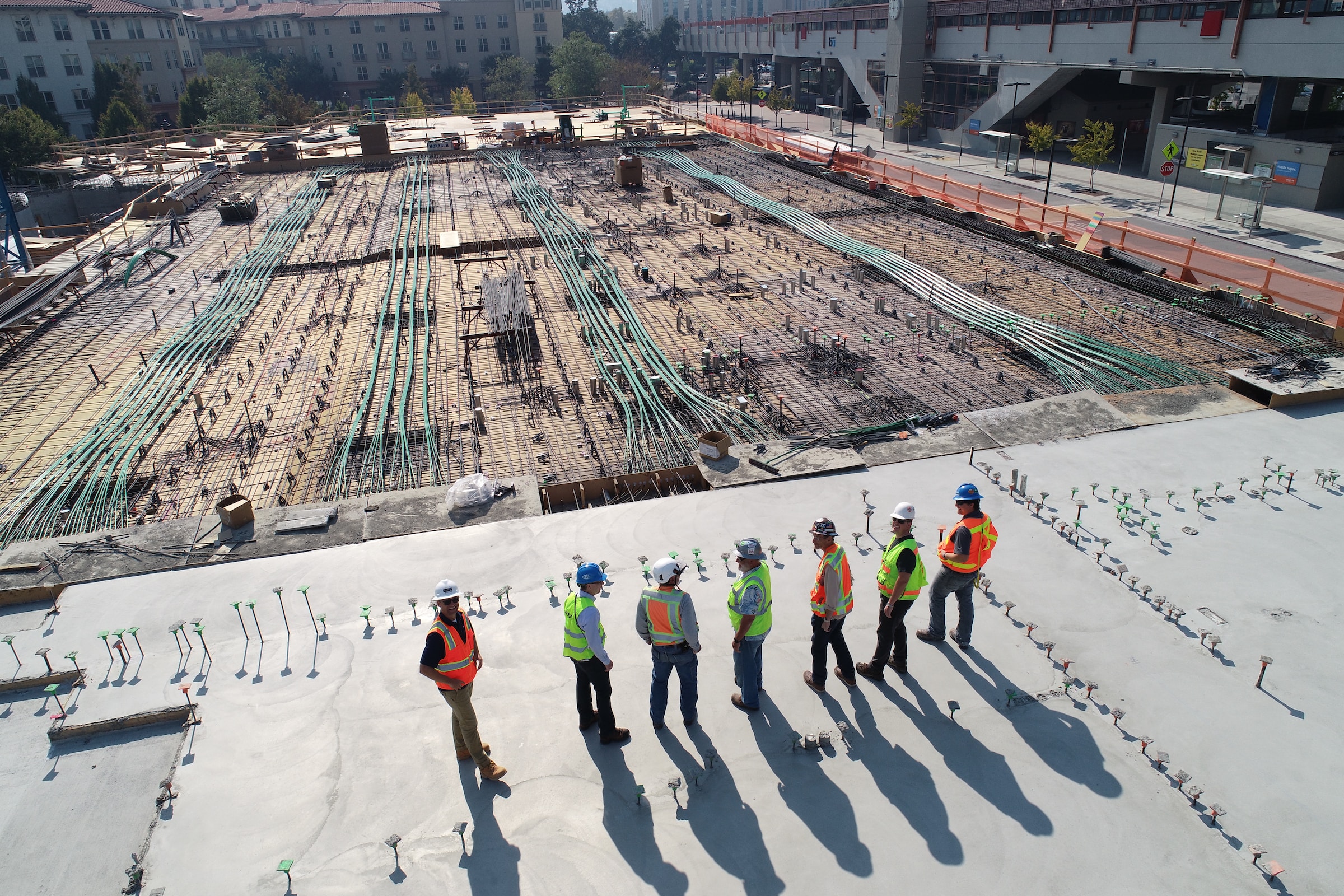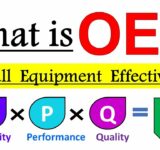Constructing your own wind turbine is a great way to reduce energy costs, save on electricity bills, and provide clean, renewable energy. However, it’s important that the work is done right in order to ensure the safety of you and those around you as well as maximize efficiency and cost-effectiveness.
Quality control has an integral role in this process because it allows for improved accuracy, greater attention to detail, and assurance that any changes made during construction have been properly handled.
Read on for a guide with more details about how to make sure your wind turbine project remains safe and successful from start to finish by utilizing quality control techniques!
The Basics of Wind Power Construction Projects
Harnessing the power of wind has become increasingly popular in recent years, and wind power construction projects are at the forefront of this clean energy revolution.
These projects involve the installation of wind turbines, which convert the kinetic energy of wind into electrical power that can be used by homes and businesses.
The construction process is complex and involves a wide range of skilled workers, including engineers, electricians, and construction crews.
Key elements of the construction process include selecting the right turbine models, site selection, and building foundations strong enough to withstand the often-harsh wind conditions.
With the global demand for renewable energy on the rise, wind power construction projects are poised to play a vital role in our transition towards a more sustainable future.
Best Practices for Ensuring Quality
As businesses strive for success, ensuring the quality of their products and services is critical. Best practices for ensuring quality must be implemented to ensure that customers are satisfied and the company’s reputation remains intact.
One of the most important factors is a thorough understanding of customer requirements, which can be achieved through market research and feedback. Standardizing processes, tracking errors, and maintaining products and equipment also play a significant role in quality assurance.
To ensure that employees are equipped to deliver quality, training must be provided on a regular basis. By committing to these best practices, businesses can ensure the satisfaction of their customers and establish themselves as leaders in their respective industries.
Utilizing the Right Tools and Equipment
When it comes to tackling any project, utilizing the right tools and equipment can make a world of difference. From construction sites to kitchens, the importance of having the proper equipment cannot be overstated.
Whether you are using power tools, specialized cooking utensils, or sophisticated computer software, having the right tools for the job can dramatically improve efficiency and accuracy.
It’s not just about having the equipment, though; it’s also essential to know how to use it safely and effectively. By investing in the right tools and training, you can ensure that your projects are completed with quality results and your own safety in mind.
Tips to Follow During Construction and Installation
Construction and installation can be a daunting task, but with the right approach, it can be an incredibly rewarding experience.
Whether you’re a seasoned professional or a novice DIY enthusiast, there are some key tips that you should follow to ensure that your project is a success.
First and foremost, it’s important to carefully plan out your project before you begin. This means taking detailed measurements, creating a budget, and sketching out a timeline for completion.
You should also invest in high-quality materials and equipment and make safety a top priority throughout the construction and installation process. With these tips in mind, you’ll be well on your way to creating a beautiful and functional space that you can enjoy for years to come.
How to Make Sure Your Wind Power Project Meets Regulations and Requirements
As the demand for renewable energy continues to grow, wind power projects are becoming more popular. However, it’s important to remember that these projects come with a set of regulations and requirements that must be met.
From obtaining permits to complying with environmental standards, navigating the world of wind power can seem daunting. Fortunately, with careful planning and attention to detail, it’s possible to ensure that your project meets all of the necessary regulations.
By taking the time to research local laws, consult with experts, and prioritize transparency and communication, you can set your wind power project up for success while also contributing to a more sustainable future.
Wind power engineering has become a cornerstone of modern energy production, and construction projects can be extremely complex.
While there are many challenges associated with wind power construction projects, by taking the necessary steps from start to finish, it is possible to complete successful projects that deliver long-term value.







